Horticulture
-

C 1027-8
Stocking the Toolshed: Hand Tools
This publication describes the types and quantities of hand tools that work best for community and school gardens, including shovels, rakes, trowels, hand pruners, gloves, children’s tools, and carts and wheelbarrows.
Bob Westerfield and David Berle
|
-
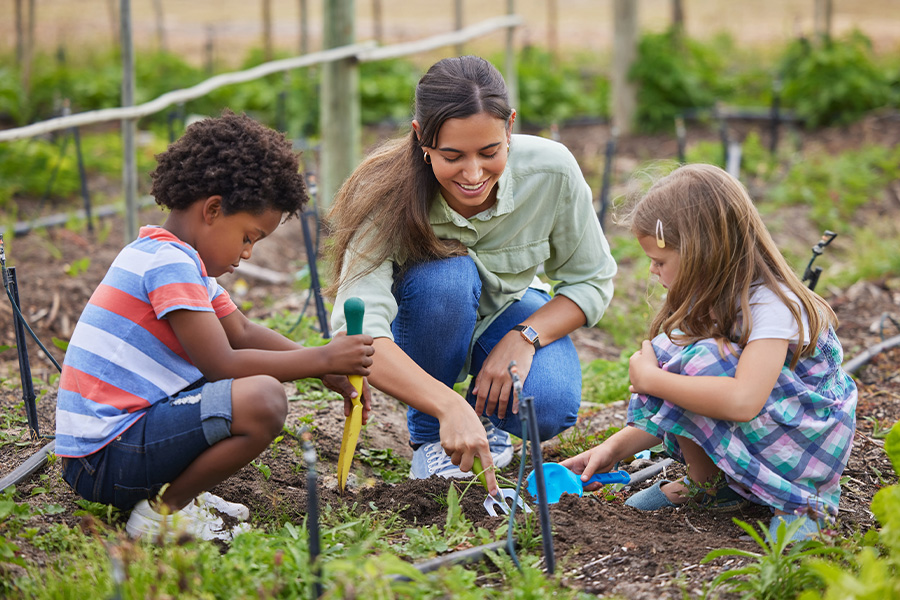
C 1027-10
Growing Fruits
Community gardens designed to provide locally grown food for families can be used to grow fruits in addition to the more commonly grown vegetables. There are many common and lesser-known fruits that are suited for planting in community garden situations.
Bob Westerfield and David Berle
|
-

C 1027-13
Weed Control
This publication describes weed control methods that are appropriate for community and school gardens.
Bob Westerfield and David Berle
|
-

This report provides research and extension results for trials conducted by the University of Georgia Vegetable Team and its collaborators in 2022. Contributing authors include county and regional faculty as well as specialists from UGA’s horticulture, plant pathology, crop and soil sciences, and entomology departments. All research has been supported by the Georgia Commodity Commission for Vegetables.
Timothy Coolong and Ted McAvoy
|
-
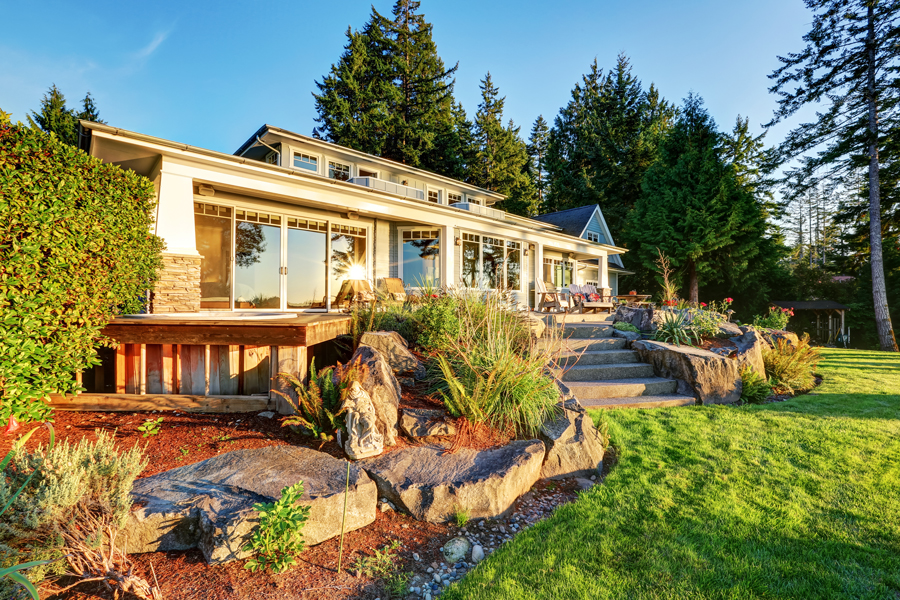
The landscape is a very important aspect of a home. Having a beautiful, creative and functional landscape requires some understanding of design principles, plant materials and outdoor structural elements. A landscape installation can be very simple or extremely complicated. Designing irrigation systems, outdoor lighting, stone walls and patios requires skills that go beyond those of the average homeowner. When the job seems too big, it may be time to call in a professional. This publication provides guidelines and suggestions for finding a garden designer.
David Berle
|
-

C 1032-2
Working with a Garden Designer
Designing a landscape is much like designing the interior of a house. Colors, patterns and textures must be arranged in a manner that is functional and suits the taste of the owner. The one major difference with landscape design is that most of the elements are living, providing seasonal change, forever growing taller and wider, and occasionally dying. An experienced garden designer has the ability to incorporate all this information into the design, but the homeowners must do their homework and be prepared to talk to the designer. This publication will help homeowners develop a plan for working with a landscape designer.
David Berle
|
-
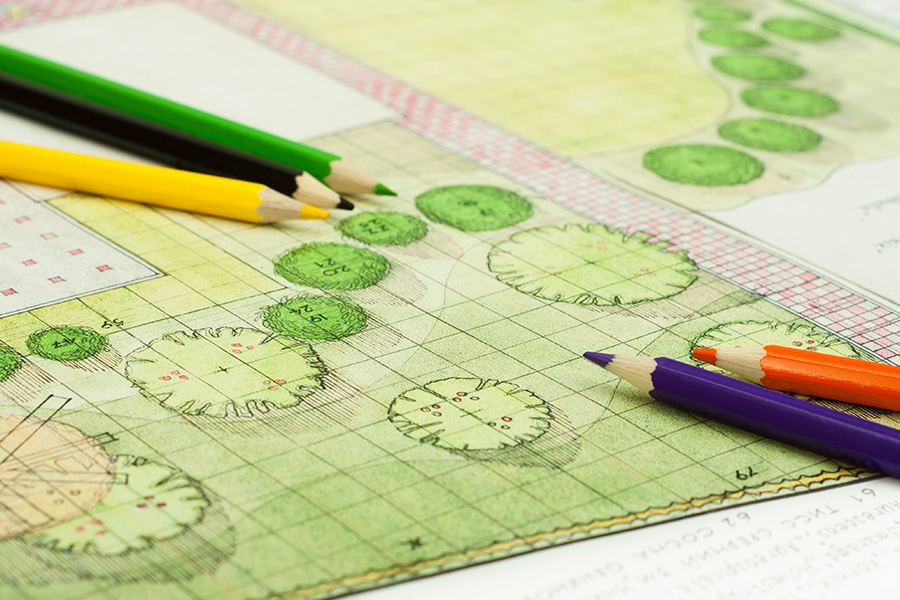
Preparing a landscape plan can be an enjoyable and satisfying experience if you do a little homework and follow a few guidelines. A simple landscape base map can be drawn without a computer, special software or even expensive drafting supplies, and is the first step in developing a landscape plan. The base map is an accurate representation of the existing landscape, scaled to fit the paper, showing information such as house dimensions, distance to street, and the location of trees,
woods, driveways and sidewalks, if these are already present in the landscape. This publication explains how to draw a base map for landscape planning.David Berle
|
-
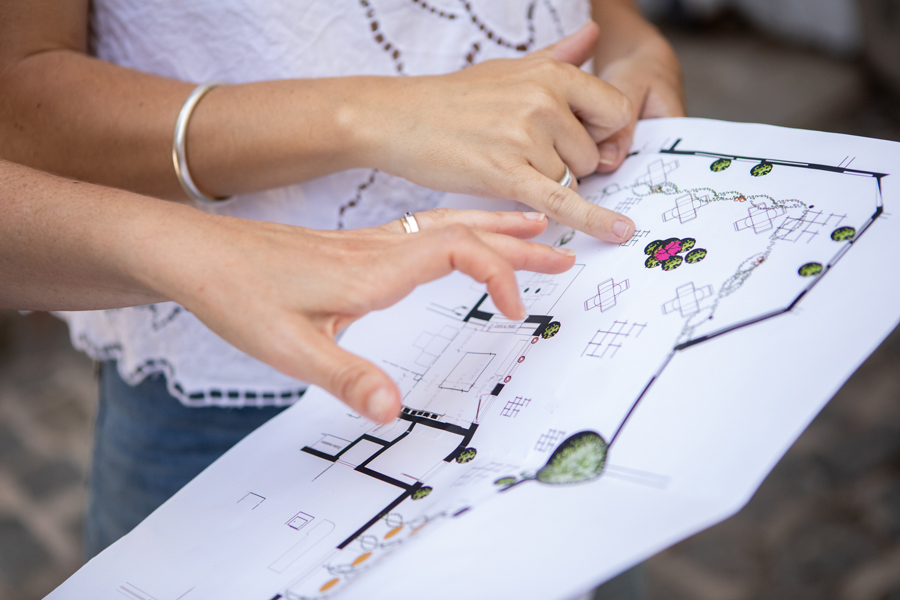
Designing a beautiful landscape for the home can be a very enjoyable and satisfying experience. With a little homework, a landscape plan is within reach of most homeowners. Before great ideas can become a plan, you must determine the limitations and assets of the site. This publication briefly describes how to create a site analysis for landscape design.
David Berle
|
-
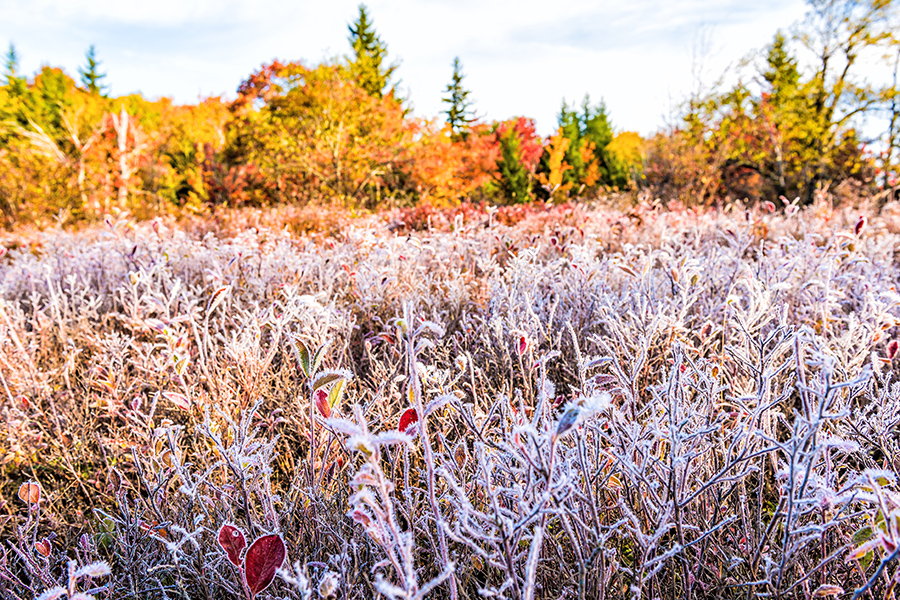
Frost protection systems tremendously benefit commercial blueberry production in Georgia. These systems are expensive and usually configured as overhead irrigation systems. For the system to provide protection, it must operate as soon as it’s needed. The best practice for maintaining a frost protection system is to perform preventative maintenance service every late fall or early winter. This publication offers blueberry growers suggestions on how to prepare their frost protection systems for future operation. Recommendations include a check-off list for maintenance and inspection of overhead irrigation systems, important considerations when preparing for freeze events.
James L. Jacobs, Wesley Porter, Jason Mallard, and David Hall
|